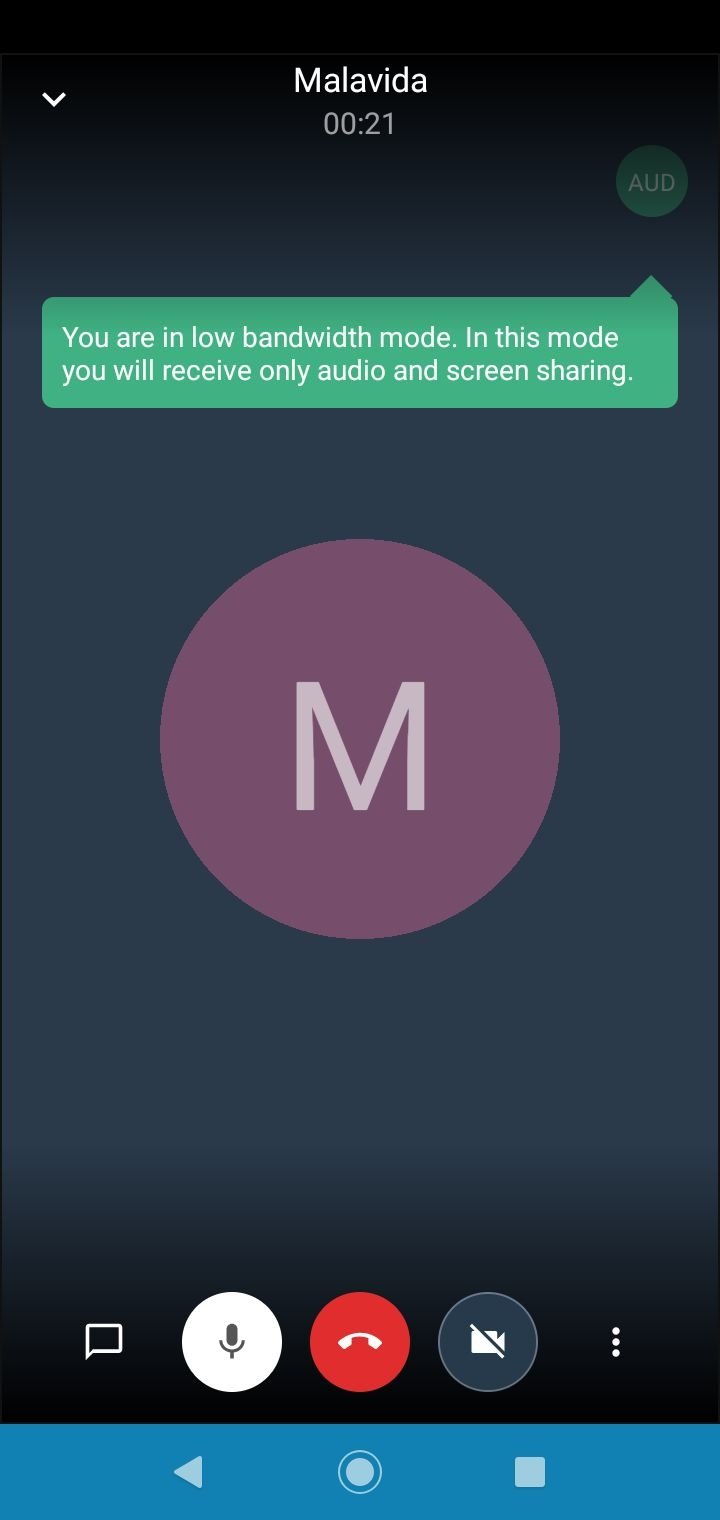

- #Jitsi meet background image how to#
- #Jitsi meet background image install#
- #Jitsi meet background image download#
- #Jitsi meet background image free#
Support, I think there may have been a miscommunication on the getting the memory report. It dropped 190 MB textfiles, containing usernames of Matrix, UserIDs for websessions, visited urls etc. I won't send you these kind of informations, as i can't check every file for it's content. It looks like, the memory dump does not only contain Firefox informations, but sensible data about OTHER processes and their content! Jitsi is probably creating tons of them over and over instead of using some pool of them, so there's going to be a high number of them around on average, as garbage collection works to keep the number from growing unbounded (since I'm not seeing your exponential growth symptom). I'm seeing sustained higher mem usage (~270 Mb) with the blur function on than without (~75 Mb), which from the look of the snapshot is a ton of ArrayBuffer objects, which is not surprising given what it takes to blur. I don't have linux to try on, and was unable to repro on mac. There's also a "✅ Record call stacks" option but it wasn't showing a callstack for the ArrayBuffers, so I doubt that'll help. Is the total memory reported in each snapshot growing?Īnswers to these might help us locate the problem.
#Jitsi meet background image free#
The rest of the screen is free for your video feed. To begin with, your interface looks like this: During your 1:1 calls, we are now only showing one thumbnail: your local camera view. Click the 📷 icon (upper left) to take a memory snapshot every 30 seconds or so. Well, friends, we have heard you In our new video version, this is changing completely.Right-click on the page and click "Inspect" to bring up the Developer tools.This might work to give us some information instead:
#Jitsi meet background image how to#
Subscribe to TechRepublic’s How To Make Tech Work on YouTube for all the latest tech advice for business pros from Jack Wallen.That makes sense. Learn more about Ubuntu with The Mastering Linux Development Bundle from TechRepublic Academy. Anyone should be able to use and access this service for simple and internal communications. You will be greeted by the Jitsi Meet main window, where you can start a new meeting ( Figure D).įigure D The Jitsi Meet main window is ready to be used.Īs soon as you create the new meeting, Jitsi will ask permission to use whatever camera and mic you have.Ĭongratulations, you now have a meeting and conferencing server up and running on your LAN. Open a web browser and point it to where SERVER is either the IP address or domain of the server. The installation should complete without errors and start the service. You will then be asked to either generate a self-signed certificate or upload your own ( Figure B).įigure B Select your SSL certificate option for Jitsi Meet.įinally, you will be prompted to restart the necessary services ( Figure C).įigure C Select both services and tab down to OK to restart them.Īnd that’s it for the interactive portion of the installation. Sudo nano /etc/apt//jitsi-stable.listĭeb stable/ĭuring the installation, you’ll be prompted to type the hostname for the machine ( Figure A).įigure A Configuring a hostname for Jitsi Meet. Sudo gpg -output /usr/share/keyrings/jitsi-key.gpg -dearmor
#Jitsi meet background image download#
First, download and add the official Jitsi GPG key with the following commands: Since you won’t find Jitsi in the standard repositories, we must add the repo to apt.
#Jitsi meet background image install#
Once those commands are finished, you can move on to install Jitsi. Sudo apt-get install wget curl gnupg2 apt-transport-https -y Log in to your Ubuntu instance and issue the following two commands: The first thing we must do is install a few simple dependencies. The only things you’ll need to make this work are a server running Ubuntu Server 22.04 with a minimum of 4GB of RAM and a user with sudo privileges. SEE: 40+ open source and Linux terms you need to know (TechRepublic Premium) What you’ll need For simplicity’s sake, I’ll demonstrate using an IP address, which is a great option for an internal solution. You can deploy this with either a fully qualified domain name or using a server with just an IP address.

I want to show you how easy it is to deploy Jitsi on Ubuntu 22.04. You can quickly deploy Jitsi and use it as an in-house solution or even open it up to the public. It’s a great alternative to the likes of Skype and Zoom. Jitsi is an open-source, free conferencing server that can handle chat, video and VOIP conferencing. Jack Wallen shows you how easy it is to deploy a user-friendly video and voice conferencing server to your LAN with Jitisi Meet. How to deploy the Jitsi Meet conferencing server with Ubuntu 22.04


 0 kommentar(er)
0 kommentar(er)
